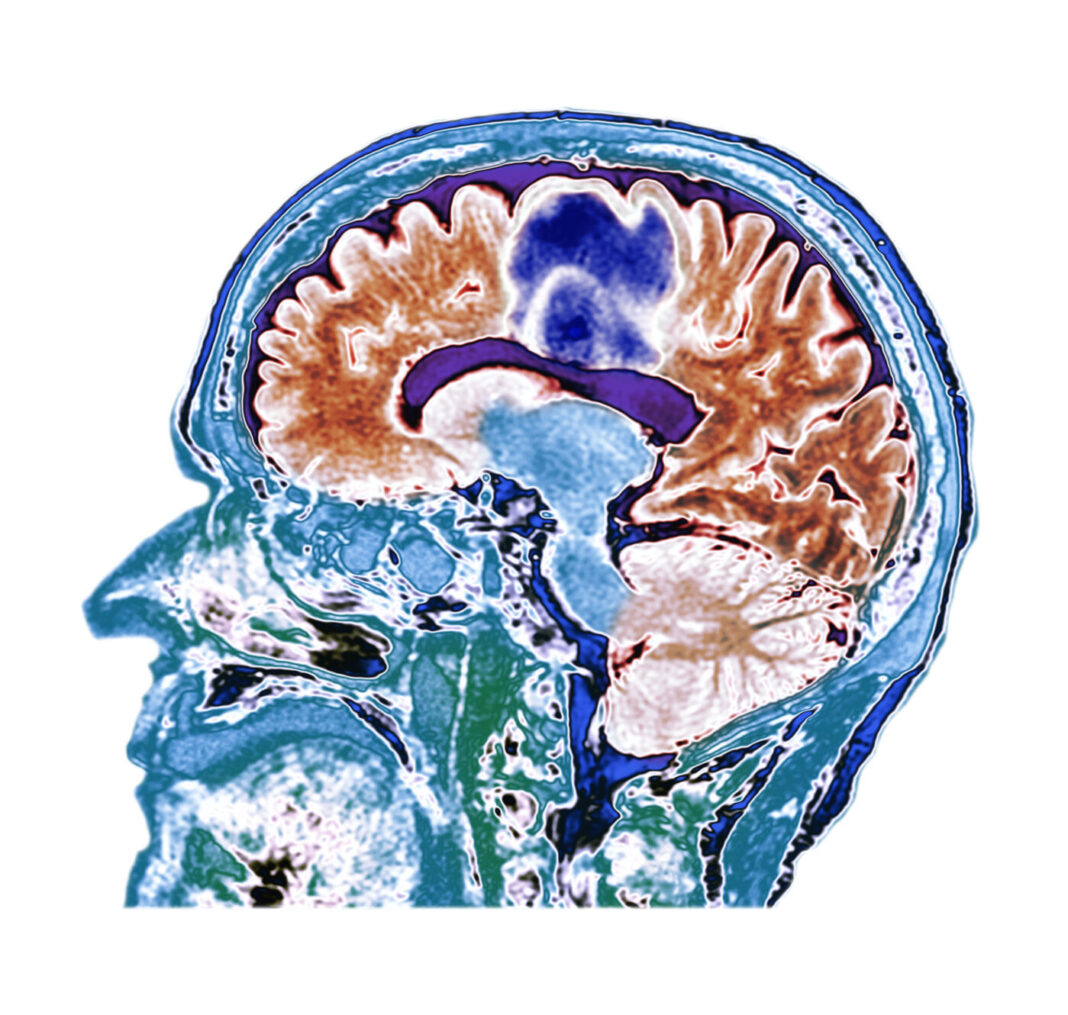Scientists have long known about the variation of cells within a brain tumor. The way these tumors grow has relied on the understanding that the cells are static. However, a new study in mice by researchers at the University of Michigan Department of Neurosurgery and Rogel Cancer Center, reveals aggressive tumors contain highly active cells that move throughout tissue in complicated patterns.
The researchers also discovered the accumulations of these elongated, spindle-like cells found throughout the tumor, coined “oncostreams,” serve as the basis for cancerous cells’ behavior, determining how tumors grow and invade normal tissue.
The findings are published in the journal Nature Communications in a paper titled, “Spatiotemporal analysis of glioma heterogeneity reveals COL1A1 as an actionable target to disrupt tumor progression.”
“Intra-tumoral heterogeneity is a hallmark of glioblastoma that challenges treatment efficacy,” the researchers wrote. “However, the mechanisms that set up tumor heterogeneity and tumor cell migration remain poorly understood. Herein, we present a comprehensive spatiotemporal study that aligns distinctive intra-tumoral histopathological structures, oncostreams, with dynamic properties and a specific, actionable, spatial transcriptomic signature.”
“Brain tumors are highly lethal, with less than 5% of patients living beyond five years,” said Pedro Lowenstein, MD, PhD, the Richard C. Schneider collegiate professor of neurosurgery and lead author. “Unfortunately, reoccurrence is what eventually kills patients. They receive surgery for their initial tumor, but the tumor always comes back within 12 to 18 months,” he said.
Lowenstein and his team observed that overexpression of Collagen 1, a protein produced by tumor cells, is essential to the growth and function of these structures.
“When we eliminated Collagen 1 production from tumor cells, the animal models with brain tumors lived much longer. This step removes oncostreams from tumors and reduces tumor aggressive behavior because the tumors need Collagen 1 to move in the specific way we discovered,” said Lowenstein.
“Once people recognize that there are dynamic areas of the tumor, and that they’re related to tumor growth, eventual invasion, and death, people will likely locate oncostreams in other tumor models,” he said.
To detect this previously unknown presence of oncostreams, the team collaborated with Todd Hollon, MD, assistant professor in the Michigan Medicine Department of Neurological Surgery, and Sebastien Motsch, PhD, associate professor of mathematics at Arizona State University, to implement artificial intelligence methods to identify the structures in tissue.
“Essentially, we showed images to a computer and the computer eventually learns to recognize oncostreams,” Lowenstein explained.
Disrupting oncostreams through the removal of Collagen 1 could represent a novel therapeutic target to treat brain tumors.


